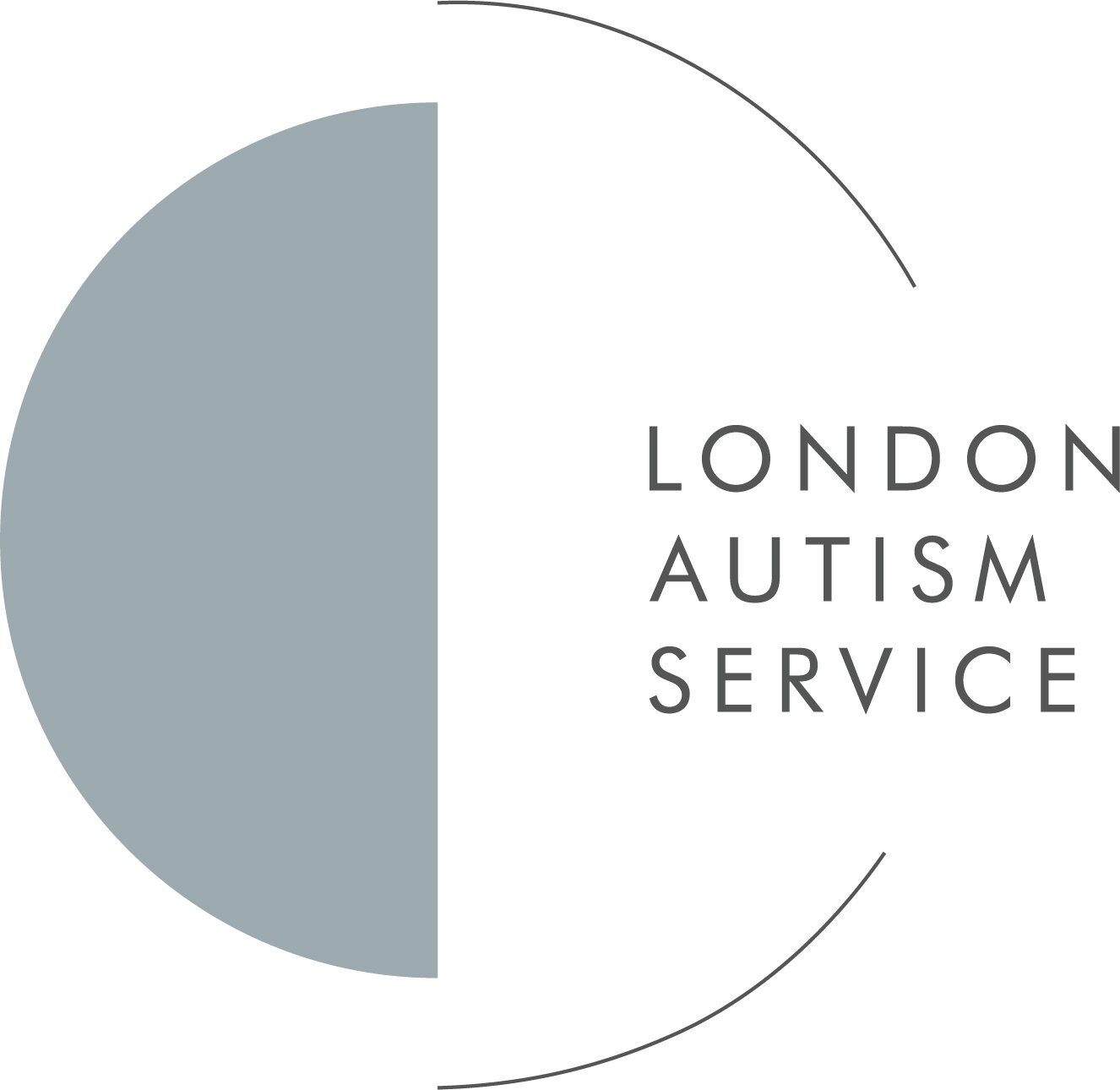What is the ‘Camouflage’ Profile of Autism?
If you are autistic, or live or work with someone who is, you have probably heard of masking and/or camouflaging. In a broad sense, it’s the process of changing or concealing one’s natural personality in order to “fit in”, or perhaps more specifically in order to be perceived as neurotypical.
There are three different ways that people can camouflage their autistic traits:
Compensation
Strategies used to actively compensate for difficulties in social situations. For example, copying body language and facial expressions, learning social cues from movies and books (see Autism & movie talk).
Masking
Strategies used to hide autistic characteristics or portray a non-autistic persona. For example, adjusting face and body to appear confident and/or relaxed, forcing eye contact.
Assimilation
Strategies used to try to fit in with others in social situations. For example, putting on an act, avoiding or forcing interactions with others.
We want to raise awareness of people who present with this profile of autism (this is just as common in boys as it is with girls) because if they are being missed they will also be missing out on important
support services.
Girls tend to need to present with a lot of additional problems before they are put forward for diagnosis. For example eating disorders, self harming. In fact about 30% of autistic girls have an eating disorder and comorbidity can be overlooked.
Top tips for someone who presents with The Camouflage Profile:
A mood tracker e.g. the Dailo app which can help track mood.
Wearing a fitness tracker that can monitor their heart rate which will allow the visual connection.
Energy accounting bank balance - making sure that there is enough energy going in as there is coming out.
Finding triggers to their anxiety and knowing that these need to be limited if possible.
Attend to their sensory needs whether this be sleeping, trampolining, swimming or gaming to promote self regulation.



